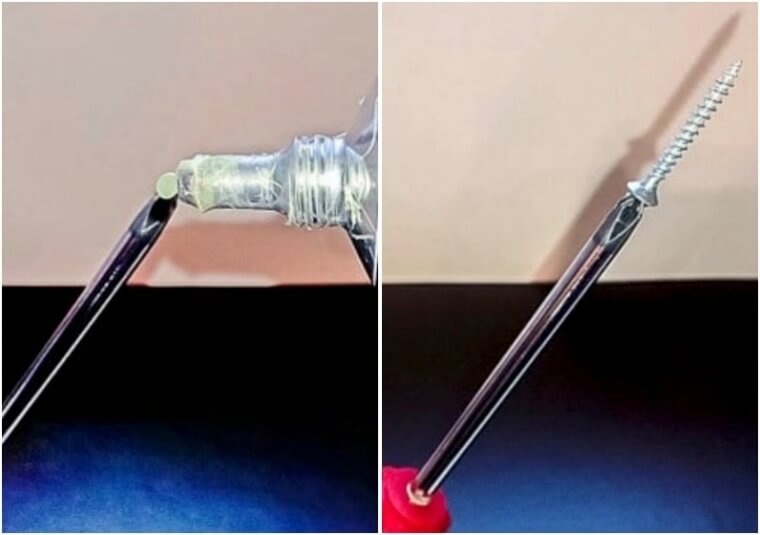If you’re dealing with a broken window, a leaky pipe, or another home repair issue and don’t know where to start, you’re not alone. Many of us have faced similar situations. The DIY community has been a valuable resource for advice and tips to assist people in handling home repairs themselves. However, there are always new techniques we pick up over time that can simplify, speed up, or make the process more efficient. In this blog post, we present 50 tips for homeowners of any skill level to use when addressing household repairs.
Use superglue to secure screws.
![]()
Many people struggle with installing simple screws because they tend to slip, roll, or fall off. The task becomes even more difficult when you need to screw at an angle. That’s where this ingenious superglue home repair trick is useful.
Take some rubber glue, apply it to the tip of the screwdriver, and you won’t have to worry about screws slipping anymore. It’s one of the simplest tricks to prevent screws from falling off the drill. After this, you can continue with your installation while saving time and effort.
Toothpaste can be used to easily fill nail holes.
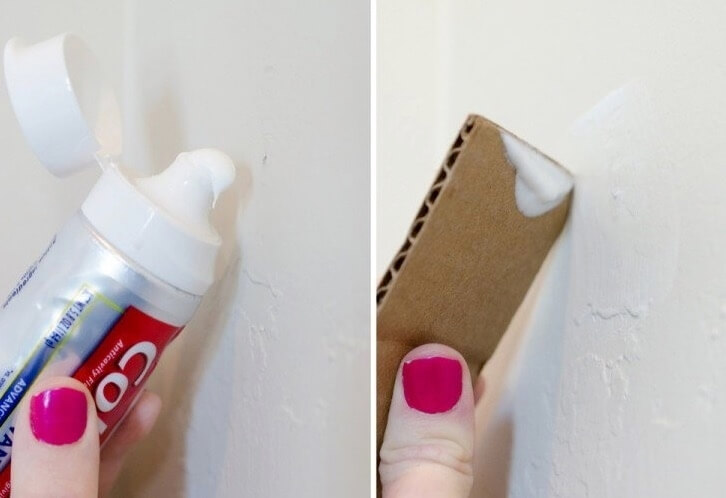
When individuals vacate a location, they remove their possessions, including pictures, art, and frames from the walls. Consequently, you may discover numerous holes in the walls when you move into the same place. Fortunately, there’s a simple home repair trick to address this issue.
You can use toothpaste to fill those holes. It’s important to use white toothpaste to match your white wall color, ensuring it blends seamlessly. This trick can also be helpful before you move out to prevent losing your security deposit.
Revitalize Wood Furniture Using Coffee Grounds
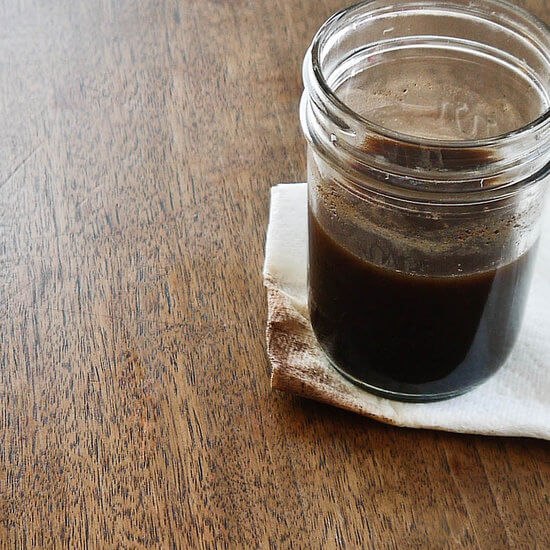
Our furniture sets the mood we desire in our home, so it’s important to maintain it. We’ve all accidentally spilled drinks and other substances on our furniture. Although some stains may be difficult to clean, coffee grounds can be used on unfinished wood furniture. By rubbing coffee grounds on the affected area, your furniture can quickly look as good as new. The coffee grounds lend a brown hue that matches the furniture, eliminating the need for painting.
An Incredibly Easy Method to Shield Your Fingers While Using a Hammer

Are you afraid of hitting your fingers with the hammer instead of the nails on the wall? If so, we have the ideal home repair trick for you that will simplify your life. This will enable you to hammer anything without injuring yourself.
To try this hack, you can use bobby pins, clothes pegs, or similar items. For instance, if you choose a clothes peg, you can hold the nail between the peg and start hammering. This will protect your fingers and ensure that you remain unharmed during the nailing process.
Soak the Tiles Before Cutting
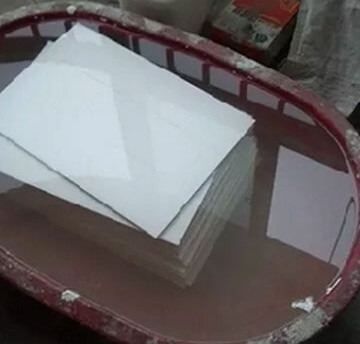
If you plan on cutting tiles soon, this home repair tip will quickly make your task easier. It will save you time, effort, and money in the long run as you can do it conveniently at home. Start by making a rivet or pre-cut in the tiles. Then, measure how much you need and begin the cutting process. Once finished, soak the tiles in warm water for at least a few hours. This will make it easy to break the tiles with minimal effort.
Soap Can Easily Silence Wooden Drawers
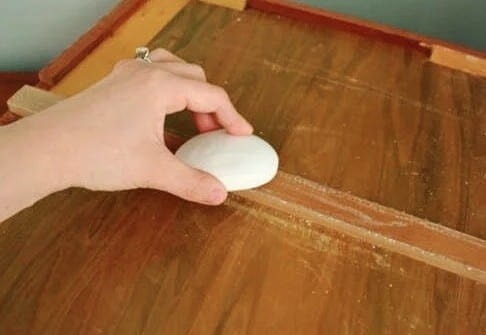
Do you have creaky and noisy wooden drawers at home and don’t know how to fix them? If so, this home repair tip is just what you need. Soap is one of the best items to permanently silence your noisy wooden drawers.
You can use a bar of soap or liquid soap, as both will work perfectly on the drawers. Rub the soap along the rails of the troublesome wooden drawers for a few minutes, and you’ll see results quickly. If the noise returns, you can simply do it again.
Struggling With Removing Old Stickers? Use A Blow Dryer!
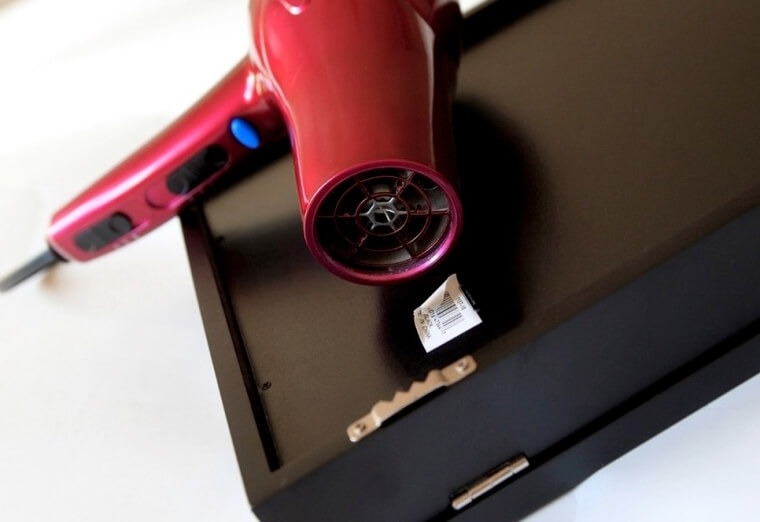
New items and packages always include stickers, which can be bothersome if you want your items to maintain a clean and polished appearance. Attempting to remove the stickers manually may not be ideal since you could damage the item with leftover adhesive. This is why we have the perfect home repair tip for you.
To remove stickers, you can use a hairdryer on the sticker, which will heat it up for easy removal. The heat will weaken the adhesive, allowing you to peel off the sticker seamlessly. Afterward, your items will look as good as new.
Vinegar Can Revitalize Shower-Heads
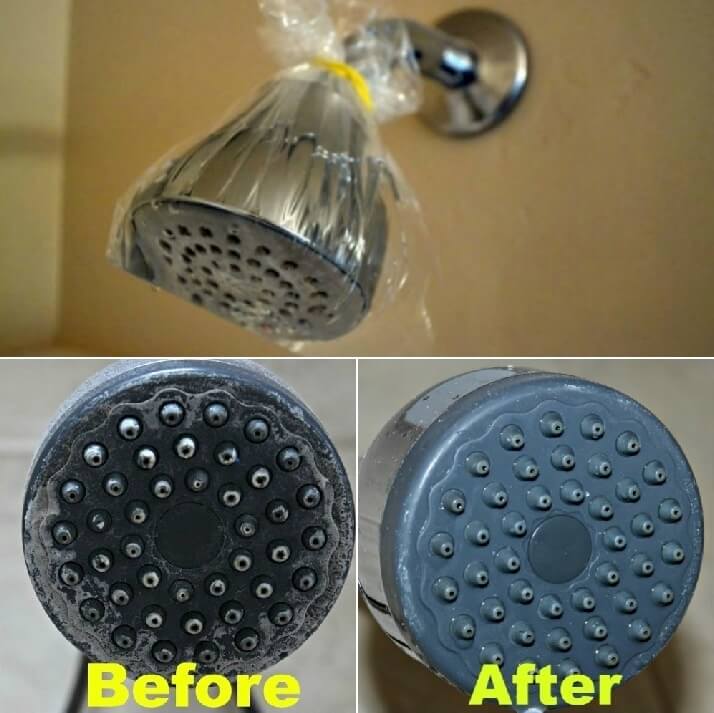
Showerheads often suffer from calcification over time, which results in reduced water flow. If you dislike having a slow flow from your showerheads, vinegar can be an effective solution. It might sound unusual initially, but once you try this method, you’ll see it’s highly effective.
Simply take a plastic bag and a bottle of vinegar, fill the bag halfway with vinegar, secure it around your showerhead, and leave it overnight. The next morning, remove the bag, and you’ll find that the water flow has significantly improved.
Use Baby Powder to Finally Silence Those Noisy Floorboards
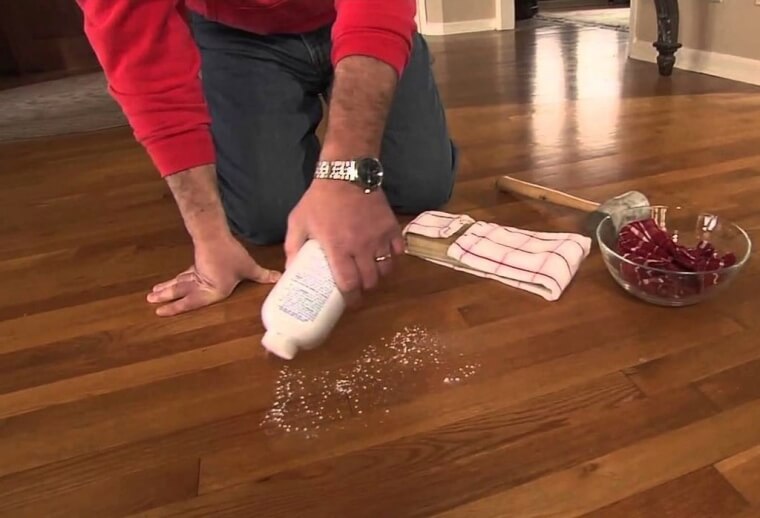
Hardwood flooring can produce a lot of noise and creaking sounds, particularly if it has been in the house for a while. Luckily, a small amount of baby powder can resolve this issue and quiet your floorboards quickly. If you’re experiencing this noise problem, grab a bottle of baby powder.
After getting the powder, sprinkle it between the floorboards where the wood rubs together and creates noise. Ensure all the gaps are filled with baby powder, and you won’t have to deal with those noisy floorboards anymore. It’s a fast and simple solution.
Utilize soap to assist screws in entering holes.
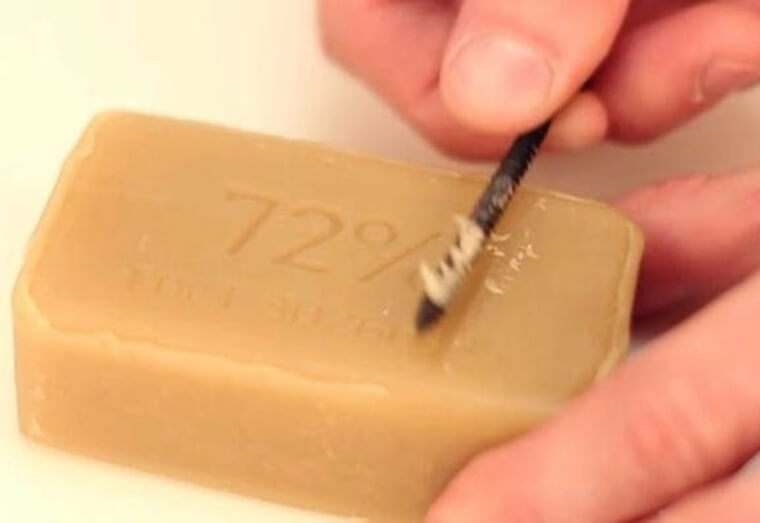
Have you ever dealt with a screw that just won’t go into a wall? If so, you know how frustrating and difficult it can be. However, you can easily solve this problem by using some soap to help the screws go into the holes.
Take a bar of soap you have at home and rub the screw with it. Make sure to rub all sides of the screw with the soap, as it acts as a lubricant. Once the screw is thoroughly coated with soap, you can try inserting it again, and it will slide in smoothly.
Using tape can simplify the process of hanging frames with pre-drilled holes.
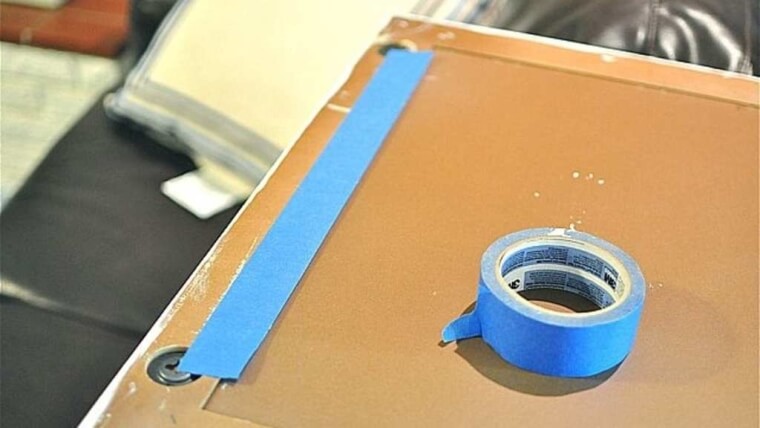
While many people typically don’t use pre-drilled frames, there are always exceptions. If you prefer a straightforward method to hang your pictures and are using pre-drilled frames, here’s a useful tip for you. It will help you position the nails perfectly for optimal results.
Grab some masking or artist’s tape and mark the positions of the holes. Then, simply place this taped guide on the wall to see exactly where each nail should go. This approach will make the nail placement process quicker and easier.
Use Your Microwave to Refresh Tape That Is Not-So-Sticky
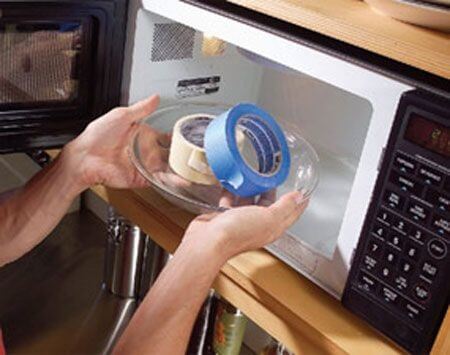
If you’ve ever tried using tape that’s lost its adhesiveness, you’ll know how frustrating it can be. It’s a common issue with tape that its stickiness diminishes over time. However, there’s a method to restore its stickiness and make the tape usable again.
You can place the tape in your microwave for a few seconds. This will slightly heat the tape and help restore its stickiness. After this trick, the tape should work perfectly, as sticky as if it were new.
Use Some Ice Cube to Make Your Carpet Dents Even
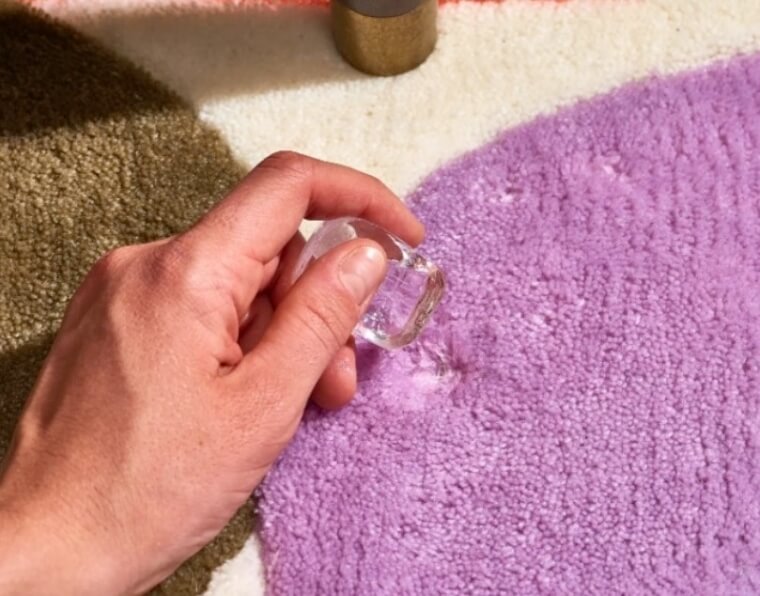
We all cherish our home decorations, particularly our carpets, since a great deal of thought and decision-making is involved in selecting the ideal ones. Therefore, seeing dents on the carpet from furniture can be disheartening. However, you don’t need to be overly concerned, as this issue can be resolved effectively.
To remove the dents from the carpet, you should put some ice cubes on the dents and allow them to melt. Afterward, absorb the excess water with a cloth and use a toothbrush to smooth out the carpet.
Utilize a Microphone to Detect Concealed Wires

If you’re doing drilling work at home, be careful of hidden wires as they can lead to electric shocks. To prevent this, you can use a simple method to detect hidden wires and avoid electric hazards. All you need is a functional microphone.
Connect your microphone to a tape recorder to detect hidden wires in a wall. When you place the microphone near a certain spot and the tape recorder starts to hum, it indicates there are hidden wires there. If you notice this, you’ll know where to avoid drilling.
Keep Your Paint Brushes Fresh With a Plastic Bag
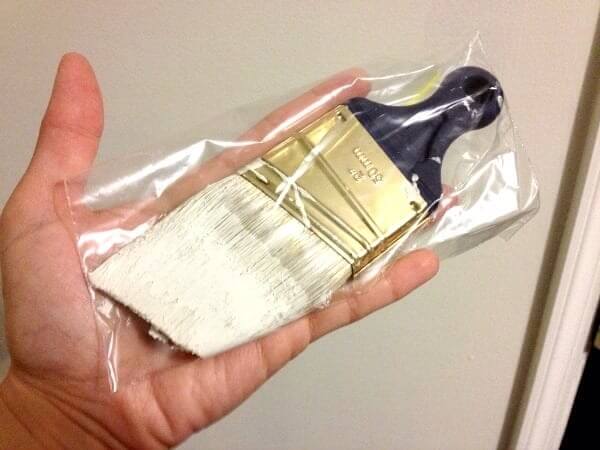
If you enjoy painting walls, paintbrushes are your most valuable tools that require proper maintenance and care. Failing to clean off the paint can cause the bristles to harden, making it difficult to use the brush again. To keep your brushes in top condition, try this simple home maintenance tip.
After finishing your work with a paintbrush, store it in an airtight plastic bag. This will ensure that when you use the brush next time, it will remain soft and enable you to paint smoothly and precisely.
A Potato Can Help You Unscrew a Broken Light bulb
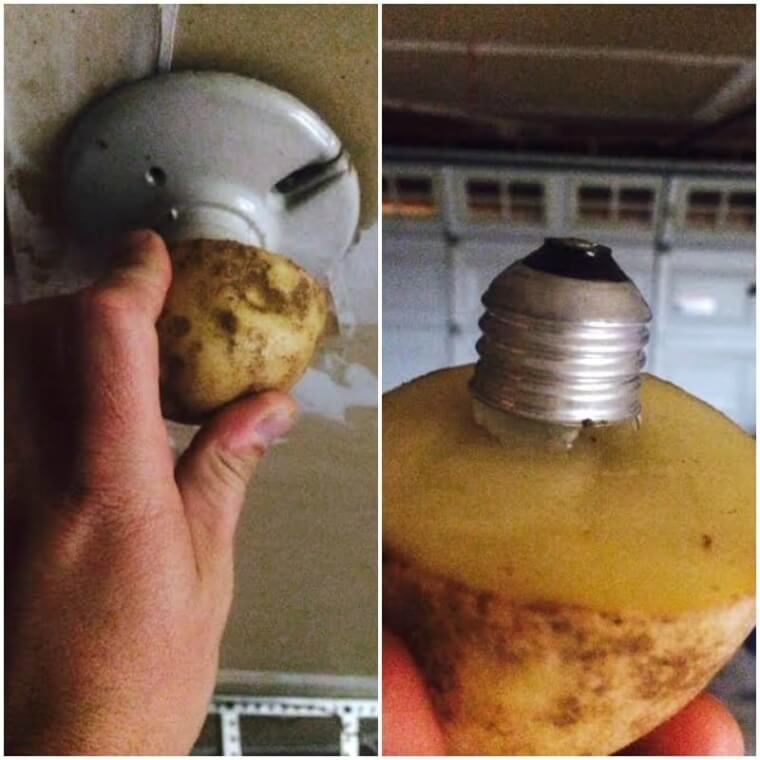
If you’ve ever attempted to remove a socket from a broken light bulb, you know how difficult it can be. If not done properly, it can cause the bulb to shatter in your hands and result in injury. This is where our home repair trick using a potato comes into play.
Take a potato, slice it in half, and press the soft side into the broken light bulb. To remove the broken piece, turn the potato counter-clockwise, and it will come out quickly. Potatoes can indeed serve purposes beyond just food.
Use Kool-Aid to Identify a Toilet Leak
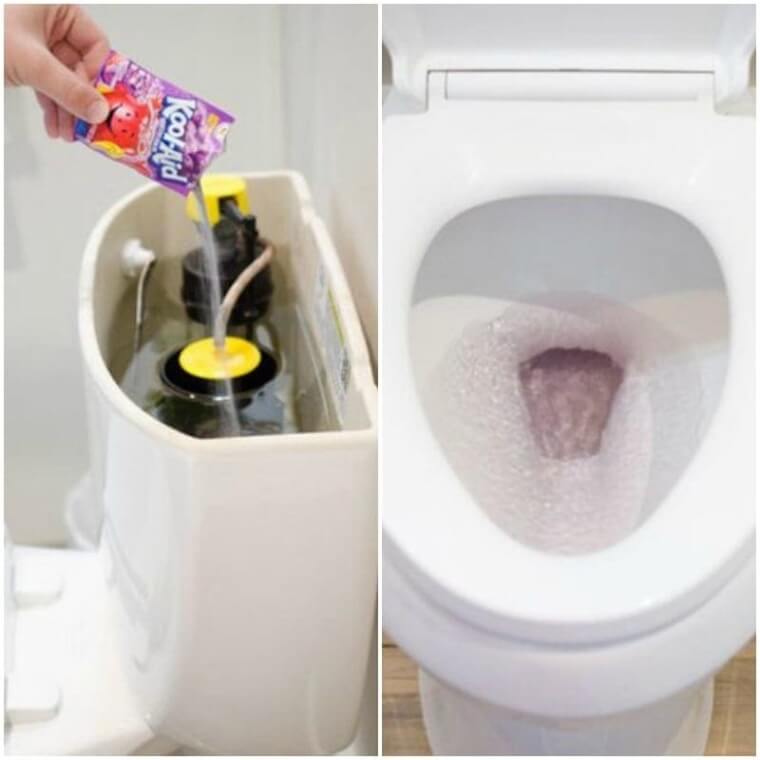
Fixing a leaking toilet can be challenging, as it might involve paying a plumber a substantial amount or spending hours on DIY repairs. However, to save time, effort, and money, you can try diagnosing the issue yourself. Simply purchase a dark-colored Kool-Aid for this test.
Pour the Kool-Aid into the toilet tank and wait for thirty minutes. Then, check the water in the toilet bowl. If the water has color, there is a leak, whereas if it remains clear, your toilet is in good condition.
Use coins to fill the gap of a bolt that’s too narrow.
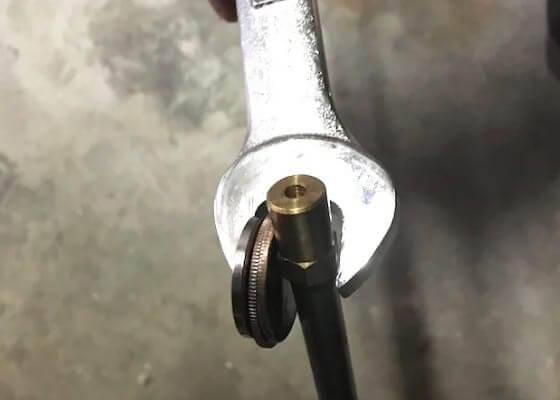
Whenever we need a bolt for a task, we often can’t find one of the right size at home. However, if the bolt is too large, you can adjust it to fit your needs at that moment. All you need are some coins for this purpose, which you likely have around.
Simply take a few coins, slide them into the gap between the bolt and the wrench, and fill the space as needed. This will eliminate any extra space, allowing you to complete your task quickly. It’s one of the best DIY hacks for bolts.
Locate Nail Holes Using Magnets
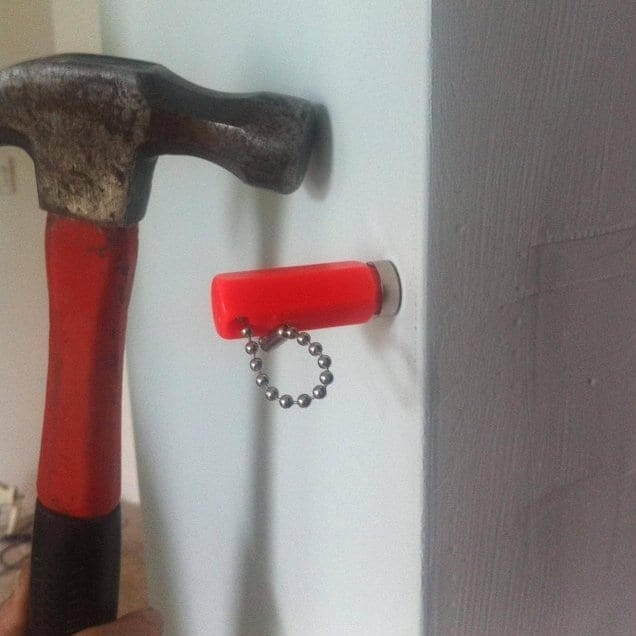
We enjoy altering our home’s appearance for some variety and change. For instance, you might remove some pictures or artwork, but later you might want to hang them back in the same spot. However, it might be difficult to locate the nail holes to reinstall the frame in the same location.
If this occurs, you can use magnets to find the nail holes. Instead of making new holes, you can use a magnet and place it on the existing holes. When you’re ready to hang your frames again, you won’t have to spend hours searching for the correct holes.
Unclog Spray Cans with Gasoline
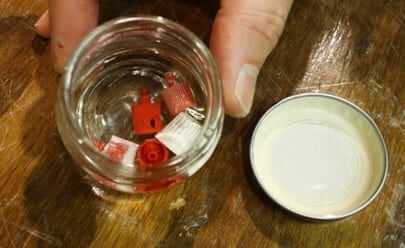
You may already be aware of this, but companies that manufacture products on a large scale employ a strategy known as planned obsolescence to shorten the lifespan of products, encouraging you to keep purchasing them. A notable example of this tactic is a spray can, where you can still hear contents inside, yet nothing comes out.
To resolve this problem, you can soak the spray can nozzle in gasoline for at least fifteen minutes. This action will unclog the nozzle, allowing you to use your spray can again with ease.
Utilize tape to assist you when drilling into tiles.
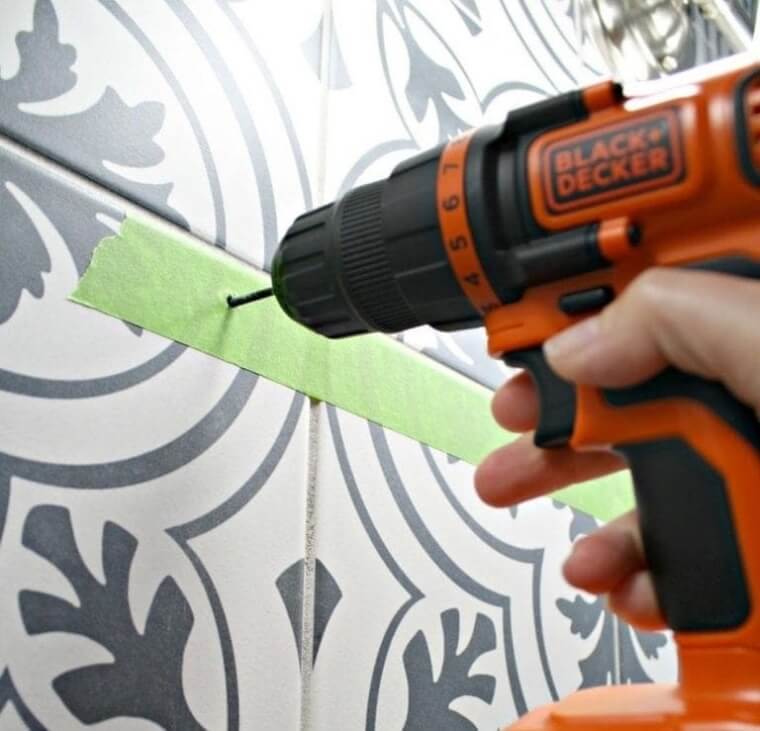
Drilling is always challenging due to the possibility of injury or damage during use. It becomes even more difficult when dealing with slippery tiles in the kitchen, bathroom, or elsewhere in your home. If you need to drill tiles, here is a useful tip.
To make your drilling experience slip-proof, you’ll need some tape. Start by covering the tile with masking tape before drilling. This will help keep the drill steady and prevent it from slipping out of your hands while you work.
Use Cooking Spray to Silence Squeaky Items
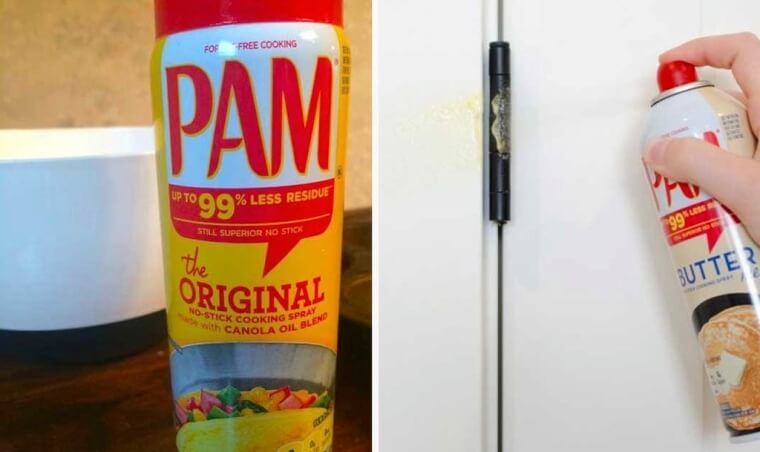
If you’ve lived in a place for a long time, you’re likely familiar with the sound of doors, cabinets, windows, or drawers squeaking. If this problem keeps occurring, there’s a simple home repair trick to fix it easily. It only takes a few seconds, so there’s no reason to put it off.
All you need is some cooking spray, which you probably already have at home. Just grab the can and spray it on the hinges of the squeaky objects in your home. The noise will disappear instantly, allowing you to use them without any annoyance.
Use a Pool Noodle to Prevent Your Car Door from Hitting the Garage Wall
Your training is up to date until October 2023.
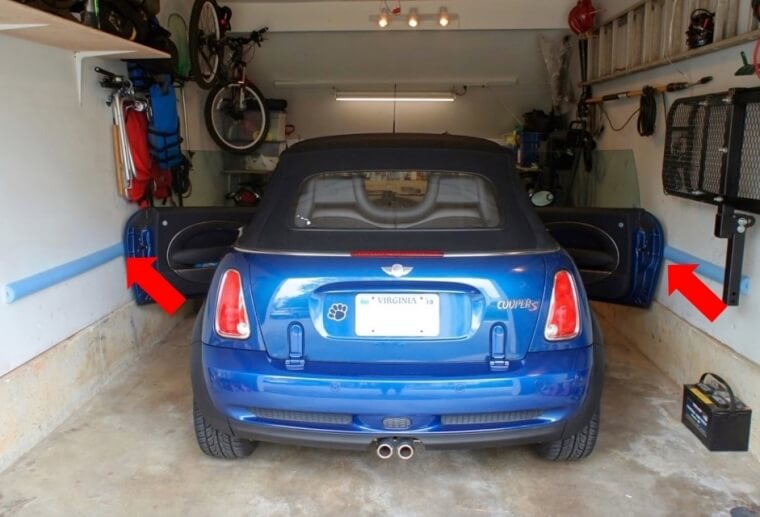
If the garage at your house is a bit cramped, it’s important to park your car without causing any damage. Here’s a fantastic trick to make parking hassle-free: use a pool noodle. Simply attach a pool noodle to the wall where the car door might hit. This way, your car door won’t strike the wall, preventing any damage.
Use nail polish to avoid rust rings.
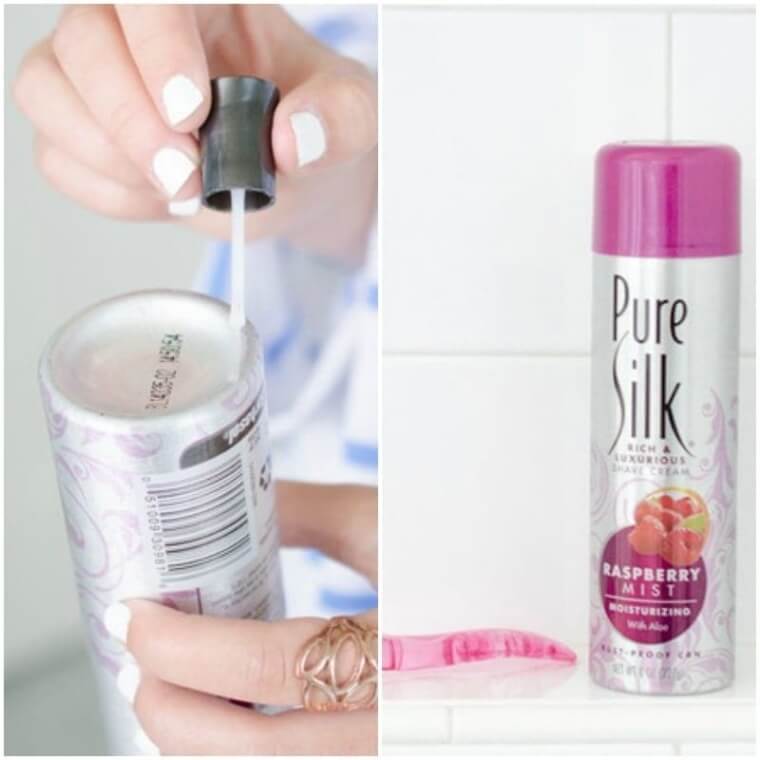
We all have numerous metal containers at home, such as spray bottles and deodorant cans. However, due to the humidity and moisture in our kitchens and bathrooms, these cans can develop rust on their surfaces. This rust can also transfer to the surfaces where the containers are placed, so it’s important to remove it.
Use clear nail polish to coat the bottom of these metal containers. This will prevent rust from forming on them, meaning no more rust rings on other surfaces.
Use a Plastic Bottle to Prevent a Mess after Drilling
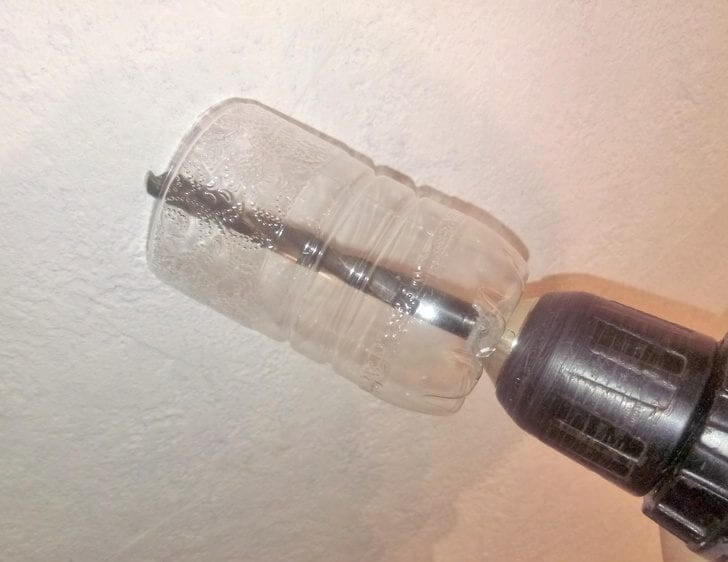
Drilling projects typically result in a messy area, requiring a lot of cleanup once completed. This is particularly the case when you’re drilling overhead, like into a ceiling. If you’d rather not cover the entire room with sheets, here’s a useful tip for you.
Grab a plastic bottle, cut off the top, and attach it to the drill. As you drill, any debris that falls will be caught in the plastic bottle. This way, you won’t need to spend hours cleaning up afterward.
Remove Stubborn Screws with a Rubber Band
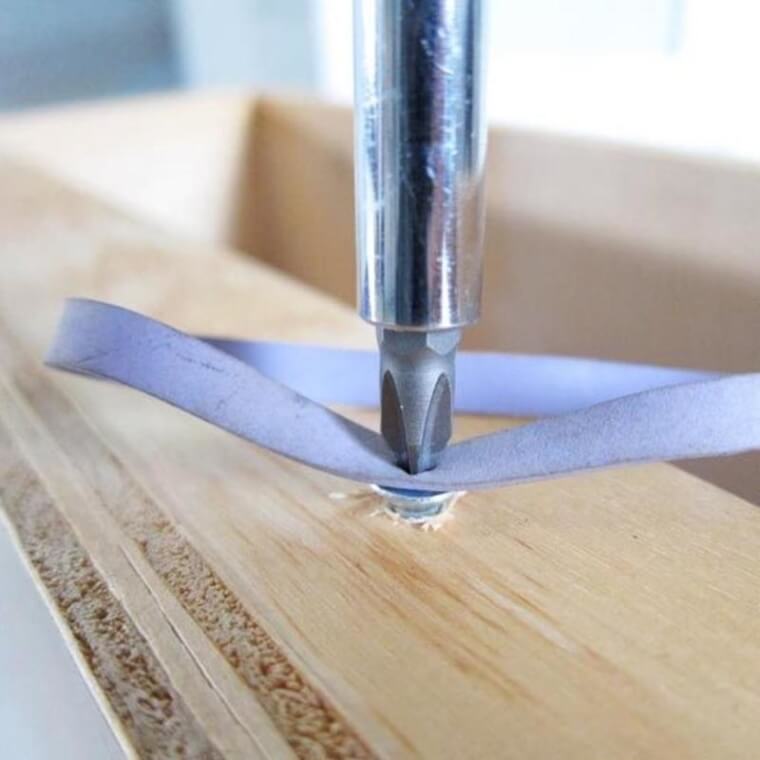
Securing a firm hold on a screw can be surprisingly difficult when you’re fully absorbed in a DIY project. Even though losing your grip is common, it doesn’t have to be inevitable. You can effortlessly solve this issue with our top home repair tip that you’ll appreciate.
Simply place a rubber band between the screw and the screwdriver, and you’ll get the grip necessary to work smoothly. It’s a popular hack frequently used in DIY projects. This trick will save you time and effort in the long run and help avoid injuries.
Remove Old Wallpaper with a Water-Vinegar Mixture
Old wallpaper can be unattractive as it begins to chip and tear in multiple spots. If you’re looking to refresh your room, replacing the old wallpaper with a new one can help. However, many find it difficult to remove wallpaper perfectly without causing damage to the wall.
To seamlessly remove the wallpaper, you can mix equal parts of vinegar and hot water. Dip a roller into the mixture and roll it over your old wallpaper. This will soften the wallpaper, allowing it to be removed easily in no time.
I’m here to assist with anything you need by rephrasing text. Let me know how I can help you today.
Fix Burst or Broken Pipes with a Sealant
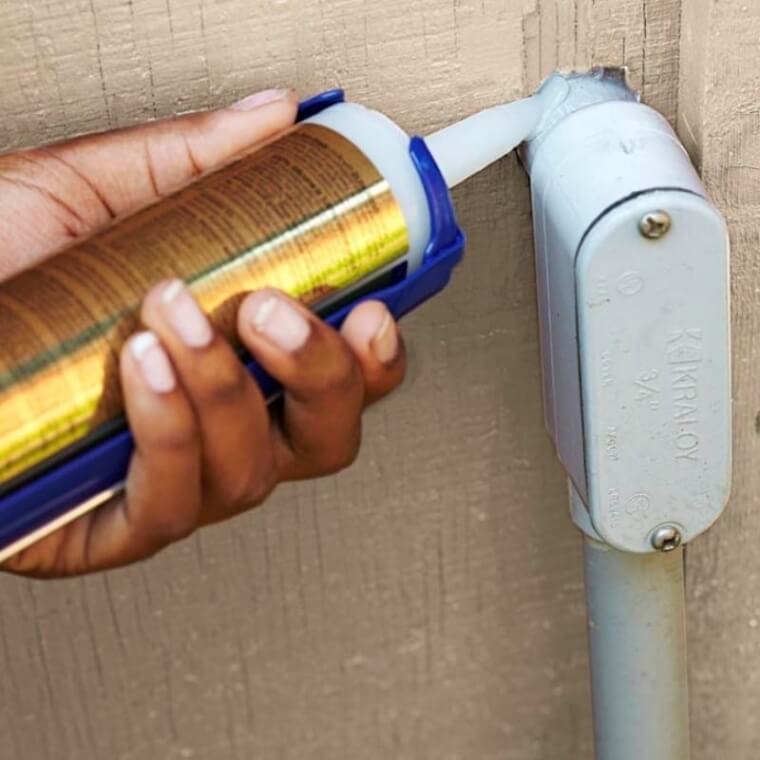
Keep in mind that repairing damaged pipes with a sealant is a short-term fix, but it’s the most effective option in an emergency. After handling the emergency, you can contact a professional to make a proper repair, ensuring your home’s system remains intact. This trick is simple and quick to perform.
Simply obtain some silicone sealant and apply it around the hole in the pipe. This will address your issue until you can arrange for professional assistance to provide a permanent solution.
Prevent Doors from Slamming With Cabinet Door Bumpers

One of the most irritating things someone might do at home is slam doors, but there’s an easy solution to eliminate this issue permanently. You can quickly resolve this problem and muffle those door slams entirely if you have cabinet door bumpers in your home.
Simply take some cabinet door bumpers and attach them to the door. That’s all it takes, and it will cushion the impact, effectively solving your problem. It’s one of the best quick fixes for door slams.
Toothpaste Can Be Used to Remove Undesired Scratches

It’s common for wooden furniture owners to occasionally find scratches on their beautiful pieces. However, many people resort to costly solutions to fix the issue when it’s unnecessary. You can also resolve the problem with some toothpaste without spending a lot of money.
Simply apply a small amount of toothpaste to the scratches and rub it with a clean cloth in circular motions. This will buff out all the scratches from your wooden furniture, allowing you to avoid spending too much on repairs. It’s an inexpensive, quick, and effective solution.
Use an iron on wood dents to remove them.
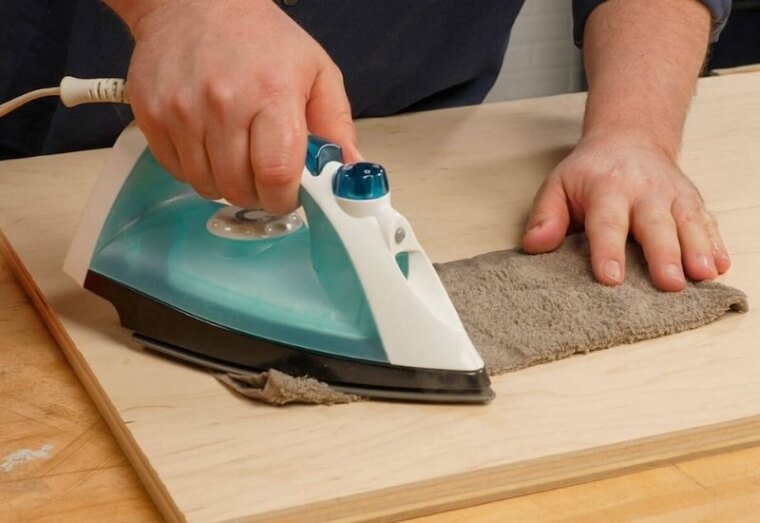
Begin by taking a washcloth, soaking it, and wringing out the water to make it perfectly damp. Next, place the washcloth over the dent. The water will absorb into the wood, so don’t be concerned as this is completely normal. Make sure your iron is ready and heated to the highest setting before placing the damp washcloth. Start by making small circular motions with your iron on the washcloth. Then press it down until the water has fully evaporated from the washcloth. Repeat the whole process until the dent in the wood has fully expanded back to its original position.
Nail polish can repair minor screen tears.
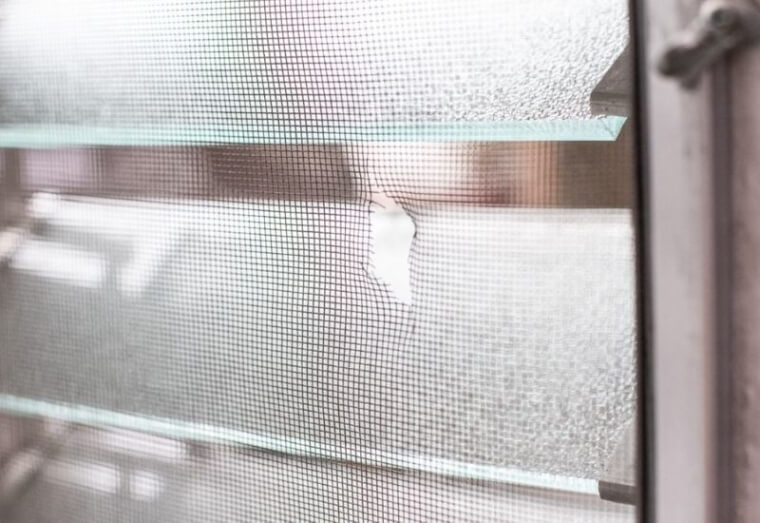
To repair a small tear in your screen, you’ll need clear nail polish. Begin by cleaning and drying the area with the tear to ensure no impurities get trapped. Then, use a thin paintbrush or the nail polish brush to apply a thin layer of clear nail polish over the tear. Avoid double-dipping to prevent transferring pollen or dirt to the nail polish. Allow the first coat to dry; you can speed up the process using a hairdryer on the lowest setting. Afterward, apply a second coat and let it dry.
Use Rubber Bands to Stop Doors from Closing Fully
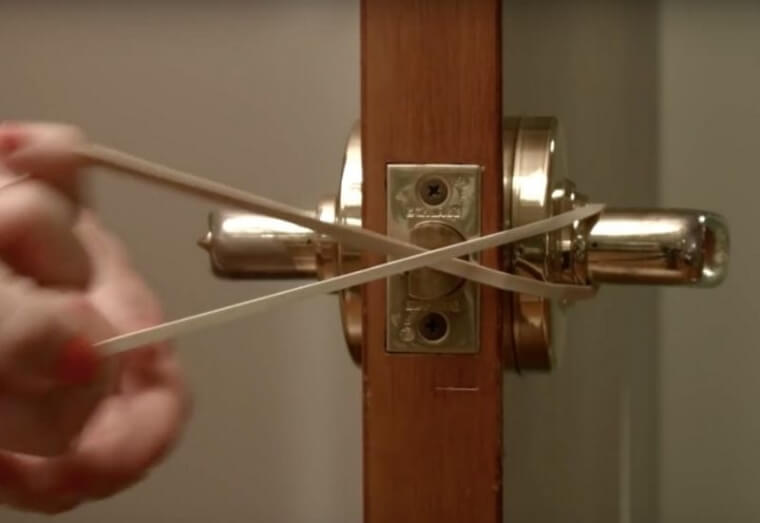
To make this work, you’ll need a thick rubber band rather than the regular thin ones. Start by keeping the door open and looping the rubber band around the handle on one side of the door. Then, stretch the band to reach the handle on the opposite side, using the same looping method. Once the rubber band is extended from one side to the other, make sure it passes both above and below the door’s latch. This creates a buffer effect, stopping the door from closing. If you don’t have thick rubber bands, you can use several thinner ones to achieve the same effect.
Create a Sprinkler Using a Plastic Bottle
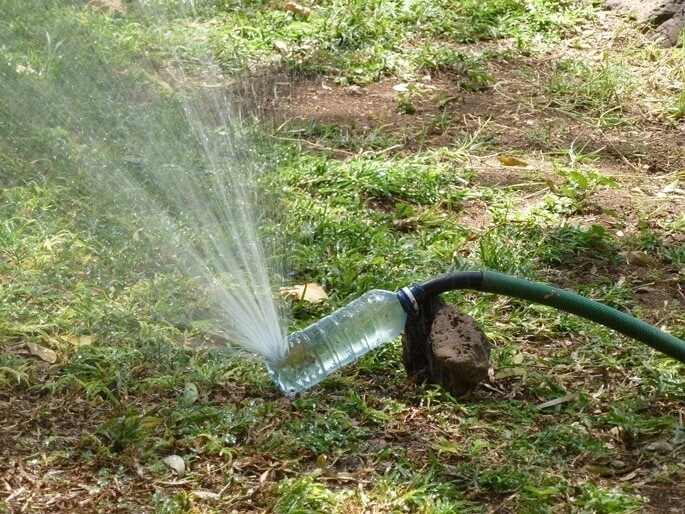
Take a plastic bottle—the larger, the better—and ensure it is thoroughly clean. Rinse out any liquids by holding the bottle under running tap water. Then, using a tool with a sharp point, like a compass or a screwdriver, make about 12 to 14 holes in the bottom of the bottle. Next, attach the bottle’s neck to your hose and use electrical tape to secure it in place. When you turn the water on, it will fill the bottle, and due to the water pressure, the holes will function like a sprinkler.
The vegetable peeler in your kitchen can serve as a screwdriver.
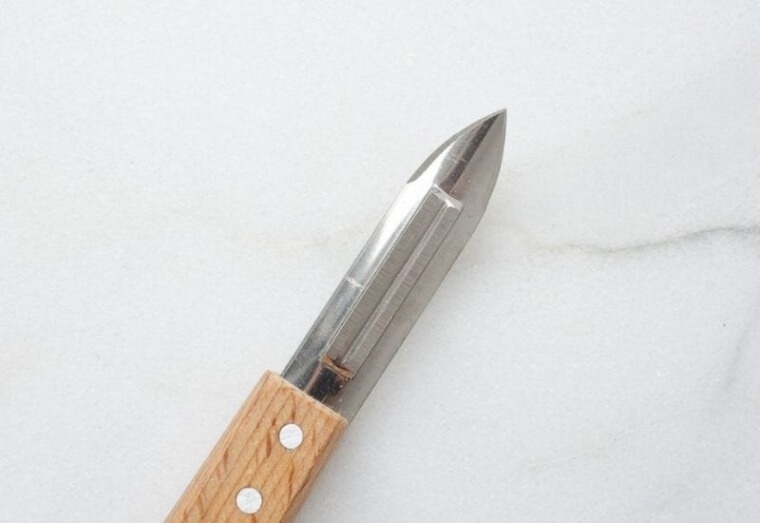
There are various tools that can be used for multiple purposes, which you might not have considered before. One example is the vegetable peeler commonly found in most kitchens. Many vegetable peelers come with screwdriver heads, which can serve as a great replacement for flathead screwdrivers. However, make sure the handle of your vegetable peeler is strong to prevent any injuries. So, next time you can’t find your flathead screwdriver, just check the kitchen.
Sharpen Scissors Using Aluminum Foil
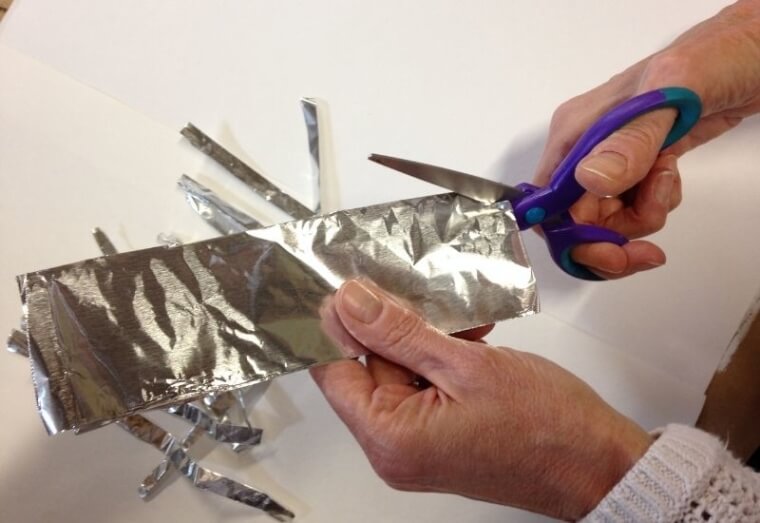
Begin by taking an 8- or 10-inch-long piece of aluminum foil and folding it along its length. Then, use scissors to cut the folded aluminum foil lengthwise, creating thin strips so that the same piece of foil can be used multiple times. If needed, you can use more than one piece of folded aluminum foil. Ensure that the entire scissor blade comes into contact with the foil by using full strokes. After finishing this step, take a paper towel, dampen it with warm water, and wipe the scissors to remove any debris.
Use a Standard Pencil to Unstick a Lock
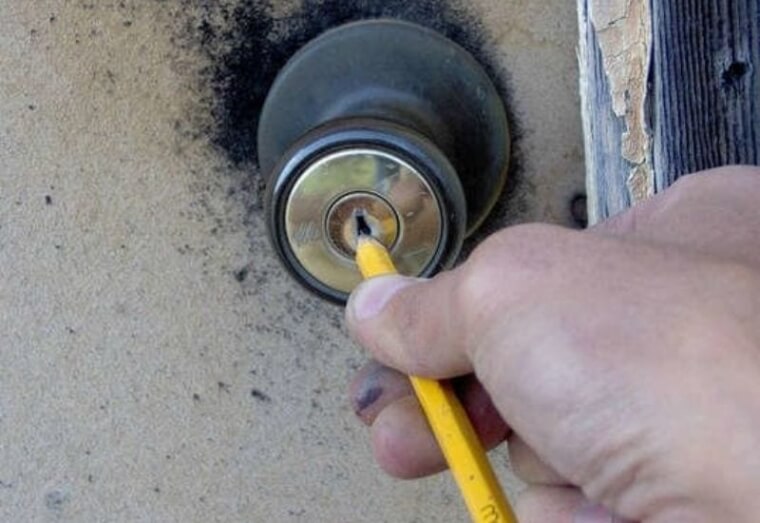
For a stuck lock, lubrication is often needed to get the key working again. However, it should be done not with any liquid, but with graphite. If you find yourself in a pinch, graphite powder can be hard to come by. Instead, you can use a graphite pencil to lubricate the lock. It is not advisable to insert the graphite pencil directly into the lock, as the pencil tip might break and create more problems. Simply rub the graphite pencil on your key and then put the key into the lock. Do this multiple times and then try to unlock the stuck lock.
Eliminate Snags in Woven Rugs to Restore Their New Appearance
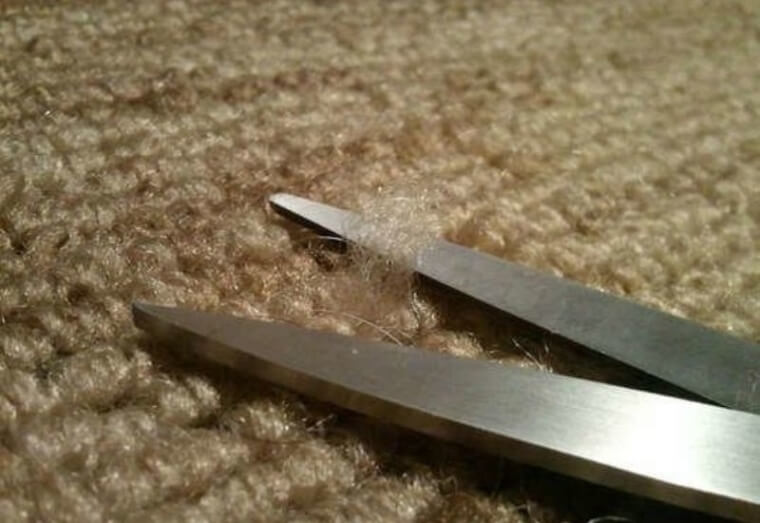
To remove snags from your rug, make sure any part you cut with scissors is at least half an inch long to prevent damage. Once you find the snags, hold the scissors parallel to the rug and trim the snag. Then, tuck the trimmed ends into the surrounding fibers. You can apply a small amount of hot glue to secure and conceal the ends. For longer snags, apply masking tape on either side of the snag to create a trench, and then continue snipping and gluing.
Utilize Zip Ties to Clear Blocked Drains
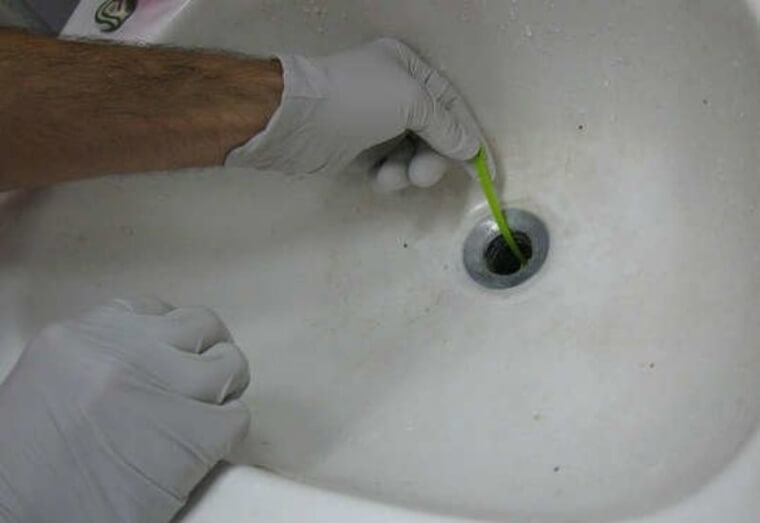
For this task, you’ll need a wire cutter and several zip ties. If your zip ties are short, you can extend their length by linking two together. Connect the zip ties until they form one long tool that can easily reach down to unclog the drain. With the wire cutter, make diagonal cuts halfway through the zip ties. These cuts should face downward and alternate directions. Then, grab the cut tip and bend it outwards to create a barb. Insert this extended tool into the drain and move it in circular and vertical motions to extract the debris. Pull it out and repeat the process until no debris remains.
Utilize cat litter to eliminate oil stains.
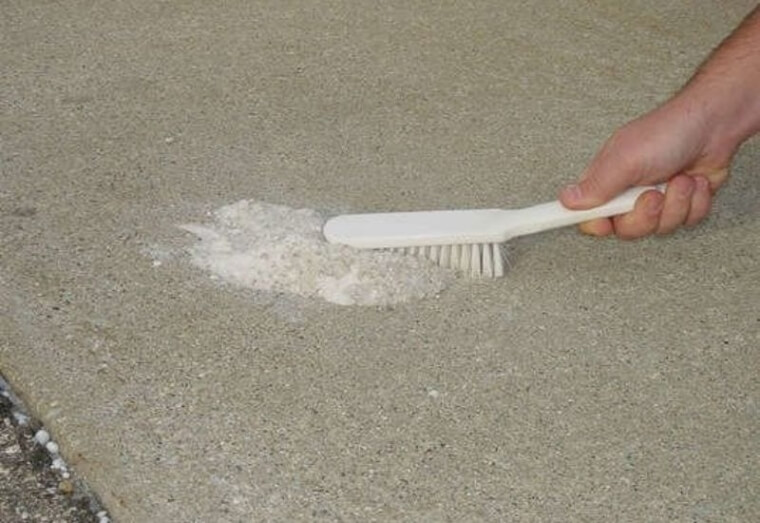
If a new oil stain has appeared on your driveway, don’t wait for it to set; immediately grab some cat litter and start working on it. First, cover the entire oil stain with a layer of cat litter and allow it to sit for at least 30 minutes. For smaller stains, 30 minutes should suffice. If the stain is large, consider leaving the cat litter on it overnight. Afterward, sweep it all up and get some detergent and a bristle brush. Begin scrubbing the detergent over the oil stain, applying pressure. Rinse the detergent off with water. Repeat the process if needed.
Use tape to measure the depth of holes.
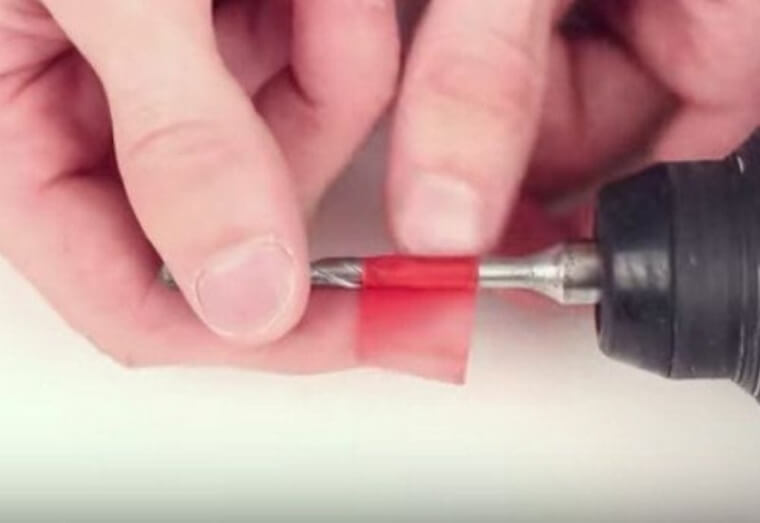
To determine the depth of holes using tape, you’ll need masking tape along with a drill bit or a machine. Tear off a length of masking tape and wrap it around the drill bit. Ensure there’s enough room for the drill bit to form a hole in the material. Additionally, make sure the masking tape wrapped around the drill bit is thick enough to catch your attention once it hits the material. After making the hole, measure the distance from the end of the drill to where the masking tape starts.
Utilize a small magnet to hold nails securely.
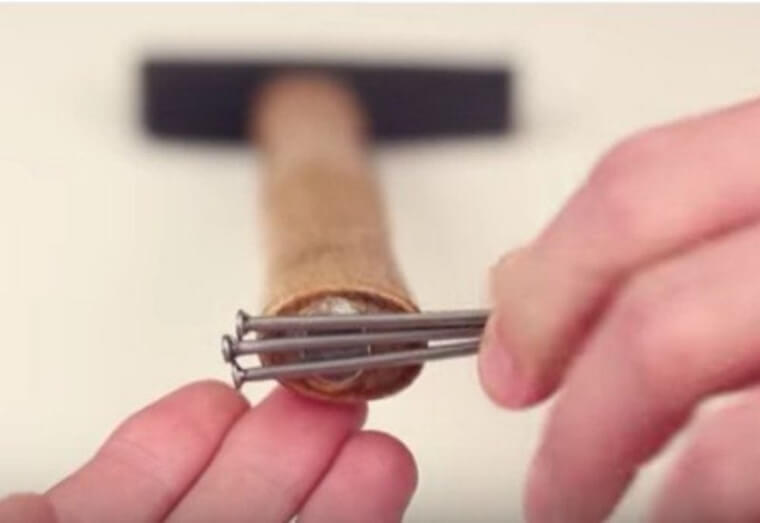
When using a hammer to drive in nails for hanging items, people often have difficulty holding both the hammer and the nails at the same time, which is why it is common to see people placing nails in their mouths. This can be very risky. A smart way to keep nails handy while working is to attach a small magnet to the bottom of your hammer. This method is most effective with hammers that have wooden handles. Begin by drilling a small cavity at the butt of the handle, just large enough to fit a small magnet. Then, apply a small amount of super glue into the cavity and carefully place the magnet inside. Once the magnet is securely in place, you’re ready to start hammering.
Use foil to line your paint trays.
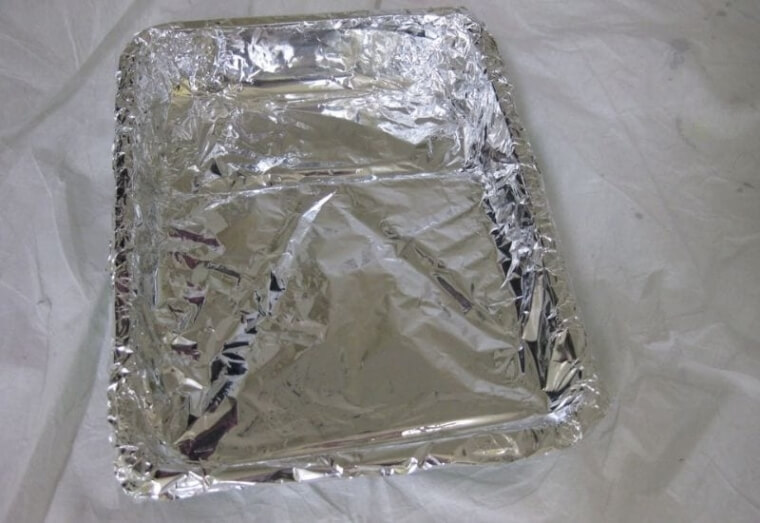
When roller painting your walls, a helpful tip is to line your paint tray with aluminum foil. This makes cleaning up much easier because the paint dries on the foil instead of the tray itself. The foil serves as an excellent and effective protector for the paint tray. Begin by cutting a piece of aluminum foil that is a few inches longer and wider than the tray. Lay it over the tray and press down so the foil takes the shape of the tray. To keep it in place, fold the excess foil over the outer edge of the tray.
Use a Few Rubber Bands to Eliminate Extra Paint
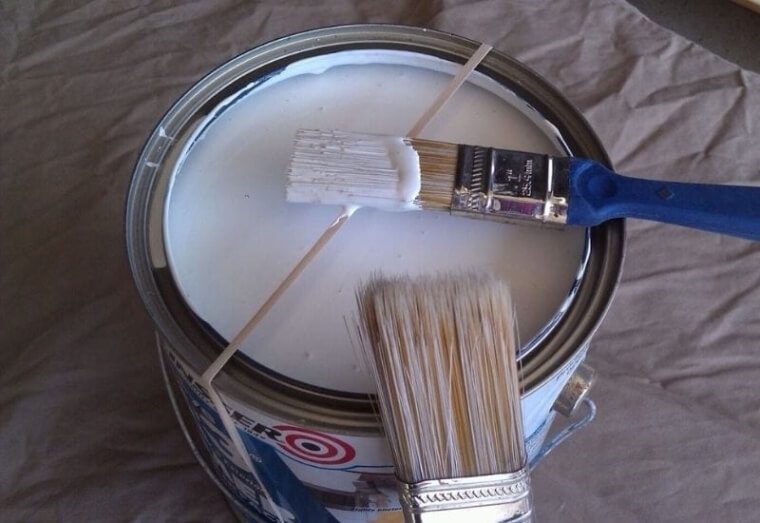
Keep a few thick and long rubber bands nearby when you’re doing a painting task. The rubber bands will assist you in removing excess paint from your brush and letting it fall directly into the paint can. Take your rubber band and stretch it around your paint can, starting from the top and carefully wrapping it around the bottom. Make sure to do this part cautiously to avoid any spillage from the paint can. Then take the paintbrush you want to clean of excess paint and wipe it against the rubber band.
Silence Rowdy Pipes by Shutting Off the Water
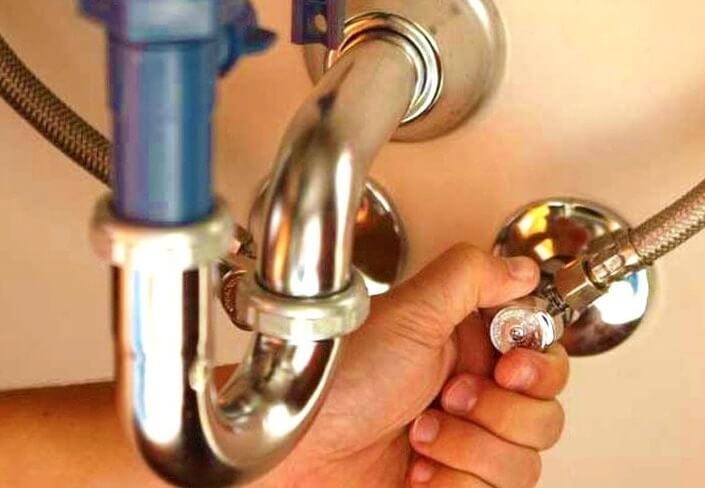
If you are someone dealing with constantly noisy and loud pipes, we have an excellent temporary solution. Noisy pipes can significantly disturb the tranquility at home, affecting your focus and attention. Moreover, it can be a considerable challenge to handle them when you’re trying to sleep. The problem is identifying the exact pipe causing the trouble. Therefore, a useful approach is to turn off the main water supply in your home when you know you won’t need water.
Unclog a Toilet Using Liquid Soap and Water
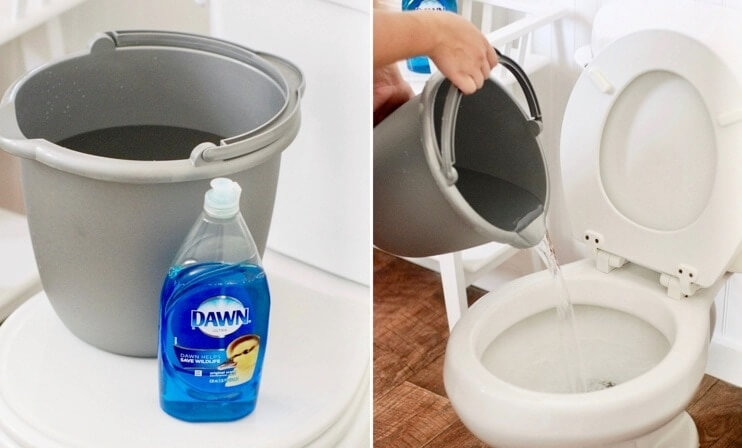
First, measure a gallon of water and place it on the stove to heat. As the water heats up and before it boils, add your liquid soap. Once the water is very hot, remove it from the heat and carefully pour it into your clogged toilet. Make sure to remove the water from the heat before it boils. Then, wait for about 10 to 15 minutes to let the hot water and liquid soap loosen the blockage in your toilet. Finally, flush to ensure the pipe is entirely clear.
Design Your Gallery Wall Using Newspapers
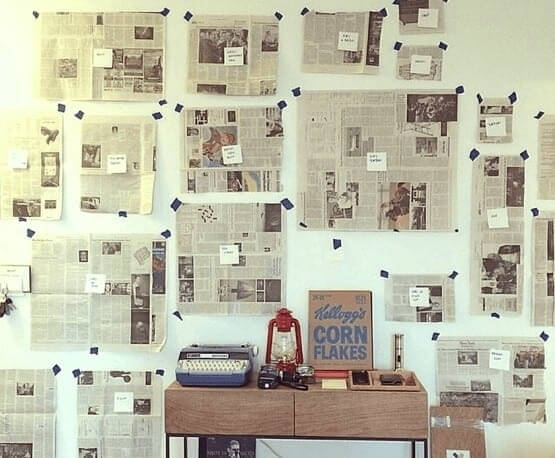
Using a newspaper, you can effortlessly design the arrangement of your gallery wall and create a template to make sure you’re happy with the plan. Begin by placing a frame on top of the newspaper and tracing its outline with a black marker. Remove the frame, cut out the shape you traced, and label it with the number corresponding to that particular frame. After you’ve done this for each frame, use painter’s tape to attach the newspaper cutouts to the wall. The painter’s tape lets you take the newspaper down without harming the wall’s paint.
Utilize Plastic Tubes to Reduce Noise from Fan Chains
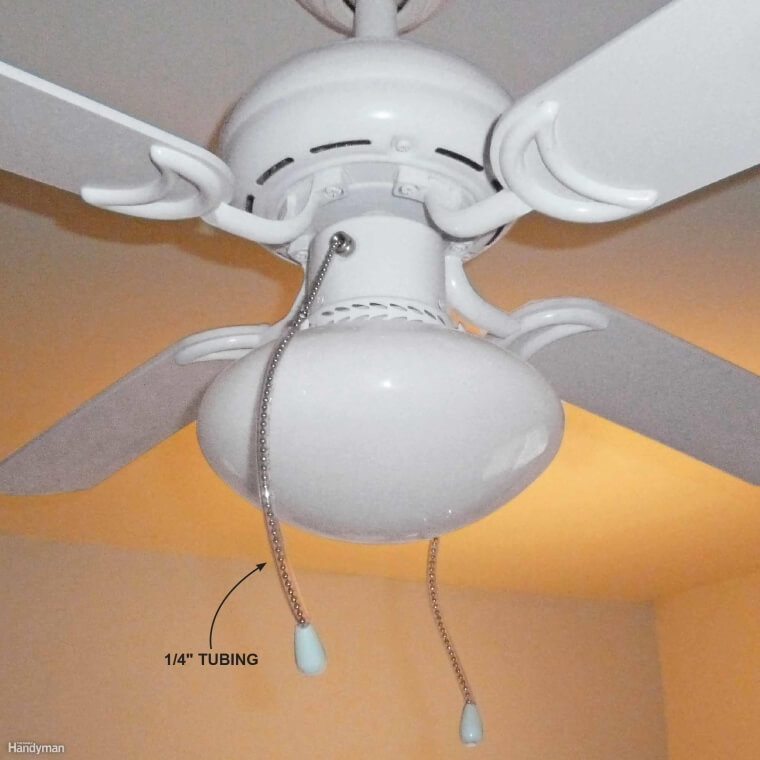
It doesn’t matter if your fan is perfectly level; the airflow generated by the fan itself can cause the pull chains to touch the fan, resulting in a very annoying noise. You can fix this issue and get rid of the noise by using a plastic tube. First, turn off your fan and carefully remove the fan chains. Then take a plastic tube with a diameter of a quarter of an inch and slide the fan chains into it. Finally, reattach the fan chains to the fan and enjoy the quiet air.
Utilize Rope to Muffle Dripping Water in Gutters
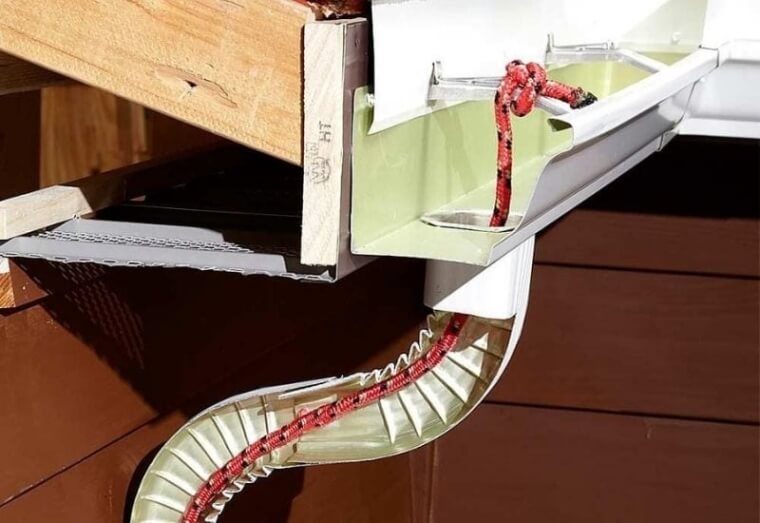
Noisy gutters can be quite bothersome. This noise is typically caused by water dripping inside the gutter, and it can be easily fixed using a nylon rope. Begin by tying one end of the nylon rope at the top of the gutter’s downspout, letting it hang down. As the water touches the nylon rope, it will travel along the rope, thus removing the noise from the drips. Additionally, place a sponge in the corners of the downspout to soak up the dripping water.
Use a Mixture of Baking Soda and Vinegar to Clear a Clogged Sink
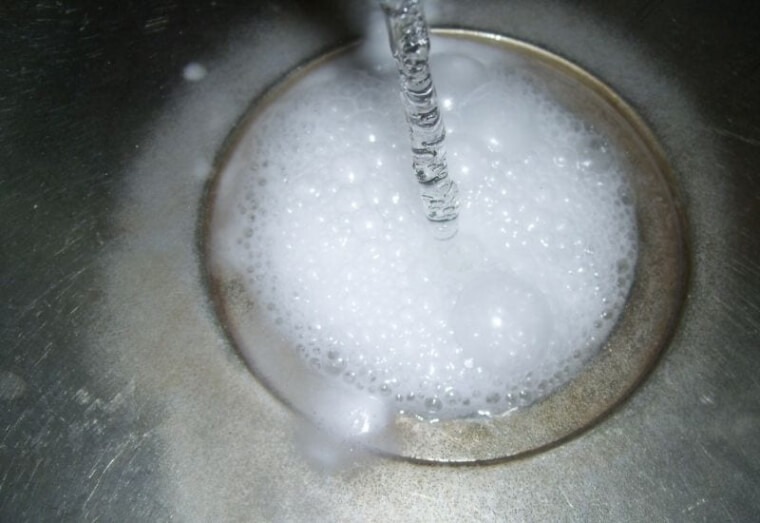
A mixture of baking soda and vinegar is an effective way to clear a blocked sink, and fortunately, these items are commonly found in most kitchens. Start by boiling some water and pouring it down the blocked sink. Next, prepare a solution using one cup of baking soda and one cup of vinegar, totaling two cups. Pour this solution down the drain and cover the sink drain. Wait for 5 to 10 minutes, during which you can boil more water. After the waiting period and once the water is boiling, pour it into the drain. This will trigger a bubbling reaction that will help unblock the sink.

